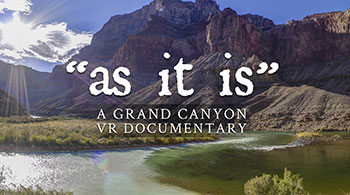Does YouTube Still Care About Immersive Video?
Update for 4/2/2024: about 2 months after publishing this article, YouTube enabled 8K within the YouTube VR app for Meta Quest 3 users! it doesn't address all of our concerns and wants, but it's a great step in the right direction.
In the early days of 360 video, YouTube was instrumental in helping us make important steps towards the mainstream. They were the first popular video platform to support 360 video, the first to allow 8K uploads, the first to offer stereoscopic 3D 360 video, and the first to offer VR180. They provided best practice guides, had 360 camera equipment available for creators to use in YouTube Spaces, and even developed their own stereoscopic 3D 360 camera and processing pipeline (Google JUMP).

This was all done during a time when VR mass market adoption was struggling. The audience was small, and the mobile or desktop experience with 360 video just couldn’t compare to watching in VR. However, despite today’s VR audience of high-end headset owners probably being over 100 million strong, it seems as if YouTube’s interest in immersive video has all but disappeared. Why is that?
What Happened?
Certainly, the launch of 360 video wasn’t as popular as YouTube had hoped. They were promoting a new immersive medium during a time when only a few million people actually had high end VR headsets at home. Their answer to this was the Google Cardboard, but while this has been a fun promotional give-away for some of our clients, the end user experience was nowhere near as good as that of a dedicated VR headset.
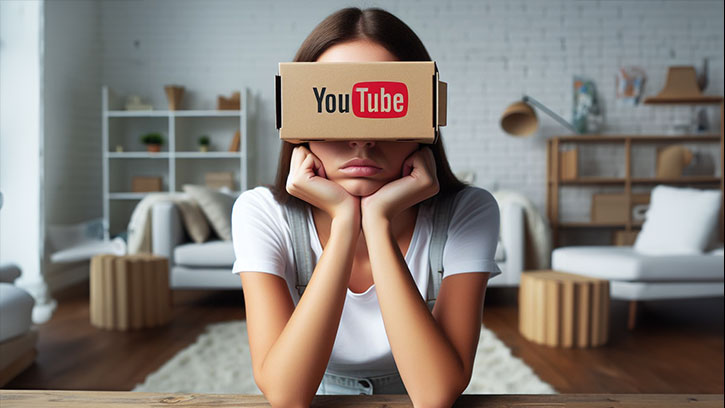
Bandwidth and processing power were also major hurdles during YouTube’s first push. When launching 3D 360 video, they were squishing both the left and right eye image into a single 3840x2160 4K container, essentially only being 2K per eye for the viewer. Considering that’s a stereoscopic 360 degree video, what you are actually seeing in your FOV is only half the quality of a 720p HD video.
VR180 was a solution to avoid having to stream all of the pixels needed for 360 by cutting the field view in half, but still giving the viewer an immersive video experience with stereoscopic 3D. Again, this was pushed during a time when very few people had VR headsets. Except now we had Google Daydream, which was not as good as Samsung Gear VR, and only available for a small subset of Google phones. It suffered from complaints of light leak, choppy playback, and compatibility issues.
It also didn’t help that camera manufacturers made a huge push for the consumer market, wanting to get as many cameras out there as possible, while ignoring quality concerns. This led to a flood of poor quality immersive videos with no stabilization, eye-hurting 3D, bad audio, and stitching artifacts. Most of these were painful to watch. Today, camera makers seem to have conceded and accepted the fact that 360 is difficult for hobbyist consumers, so they’re pushing the reframe capability above all else.
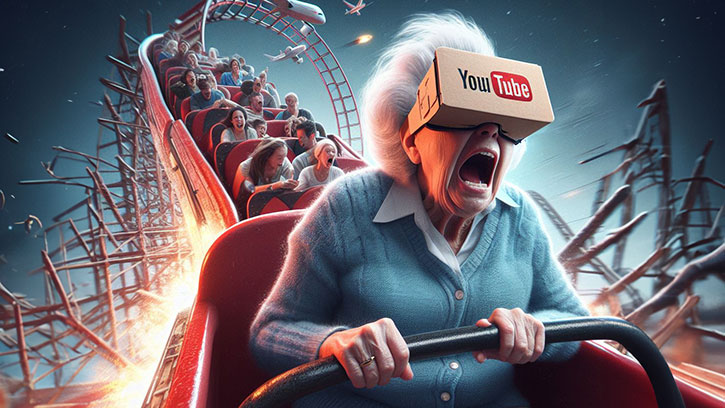
So is anyone surprised that when YouTube suggested that top channel influencers make immersive videos, their audiences didn’t like them? What’s to like about watching a 360p or 480p video that crosses your eyes and makes you want to vomit, all with your phone strapped to your face in an ill fitting cardboard box?
People Love Quality Immersive Content
When done right, 360 video can be an incredible experience. Many people have fond memories of the Samsung Gear VR introduction to VR as one of their first experiences with the technology. The 3D 360 footage from Felix & Paul Studios was incredible. They’re still working on immersive productions today, even including a project on the International Space Station.
We bought a Samsung Gear VR the moment they became available to purchase in late 2015. One thing we noticed about demonstrating our content to thousands of people at trade shows, events, and film festivals is that the high-end headset experience makes a huge difference. People would sit down in a busy environment expecting to maybe check out an immersive video for 5 minutes, and they’d end up watching an entire 20 minute documentary while completely engrossed in the story.
Meta reports that YouTube VR is one of the most popular apps on Quest. You might assume that perhaps that has nothing to do with immersive 360 content, but in our case, it does. Many of our most recent 360 videos have received more than 100,000 organic views on the YouTube VR platform, while receiving less than 1,000 on Meta’s own video app. Traffic on these videos directly coincides with them being added to YouTube VR related playlists. People are out there looking for immersive experiences on YouTube VR. Sure, we got way more views when the 360 video hype was out of control, but these are real organic views from actual VR headset owners who are legitimately seeking out this kind of content.
It’s a powerful medium when the technology barriers don’t get in the way. The challenge for us was that very few people had VR headsets at home and they had not reached the level of market penetration they have today. This is why it’s so frustrating to see platforms dropping the ball during a time when we finally have an audience.
Technology has Caught Up
A lot of the technology hurdles from 5-10 years ago have gone away. Bandwidth is no longer as much of an issue with the proliferation of 5G and fiber internet. The majority of mobile chipsets can easily decode 8K video, more recent generations can decode AV1. Finally, when you look at all of the analyst data for major headset sales, there are many millions more being used on a regular basis than ever before.
Top that off with Apple selling more than 200,000 Apple Vision Pro headsets in pre-order, even at a hefty $3,500 starting price. With a display boasting more than 4K pixels per eye, it blows anything else out of the water. It’s clear that it’s made for media consumption. YouTube has claimed that an Apple Vision Pro app is on the roadmap, but they'll need to make some serious improvements if they want immersive video to look good on that awesome display.
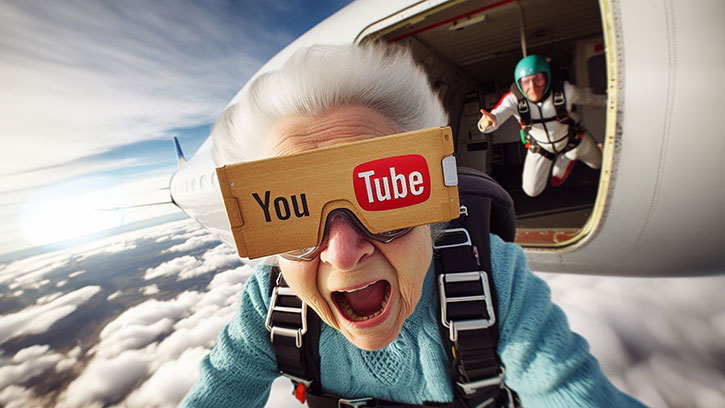
360 cameras have become popular among extreme sports athletes and hobbyists alike who want to document their travels, daring stunts, and wild rides. Even some compact 360 cameras are capable of capturing 8K video.
The tools and the tech are finally there to support capturing real-life experiences and sharing them with the world. So why doesn’t YouTube care anymore?
YouTube is no Longer the Leading Immersive Video Platform
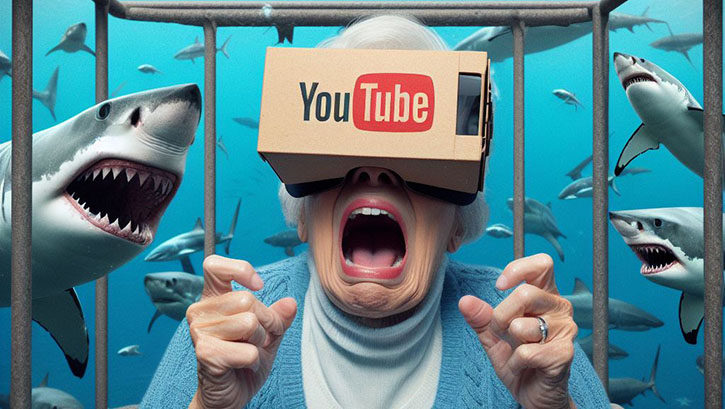
Why? As the first platform to allow 8K uploads, they probably have the biggest collection of high resolution 360 video in the world. They’re poised to be the best in this class. They can do it with minimal effort and risk. If it were to only break even, it still offers a venue for immersive content creators to thrive and ultimately grow the industry. It also opens doors to new and unique forms of immersive advertising, which could be a potential revenue source for YouTube and content creators alike.
Despite YouTube being one of the most popular apps on the entire Meta Quest store, and despite a fair amount of views and interest for immersive content there, unfortunately they look terrible. While I’m excited that 100,000+ people have viewed some of our recent videos in a headset without the help of hype, I’m horrified to know that they’re seeing such a poor quality compressed version of these videos.
We made a side by side comparison of YouTube VR, DeoVR, and Meta Quest TV in the video below - it’s clear that YouTube is dead last. It’s embarrassing, really.
How do we fix it?
- Bring back 5K and 6K options for immersive videos, and support up to 8K in the VR app for devices that can play it.
- Get YouTube VR on as many VR devices as possible. Stop wasting time trying to own the hardware and the platform. Cardboard was a failure, Daydream was a failure, but YouTube is still the highest traffic immersive video platform in the world.
- Make spatial audio a priority, at least give us something as good as what Meta offers in Meta Quest TV.
- Either continue to support Google Cardboard or find a way to properly redirect people looking for immersive video the YouTube VR app on their headset.
Step 1: Bring Back 5K/6K Options
Despite YouTube allowing 8K videos to be uploaded, everything in YouTube VR is limited to 4K. Beyond that, the 4K video is heavily compressed. YouTube used to offer 5K in both 5760x2880 and 5120x2560 back when they were supporting immersive video creators, but these resolution options were dropped when they switched from VP9 to AV1 encoding.
The 5K and 6K options were more important than you might think. Even today, popular Meta Quest headsets being used by millions of people around the world reach a display saturation point with 7K 360 video or 6K VR180 video. This means that the portion of the video you are seeing in your field of view has the same pixel count as the display itself. The 6K quality option was a great compromise to save bandwidth.
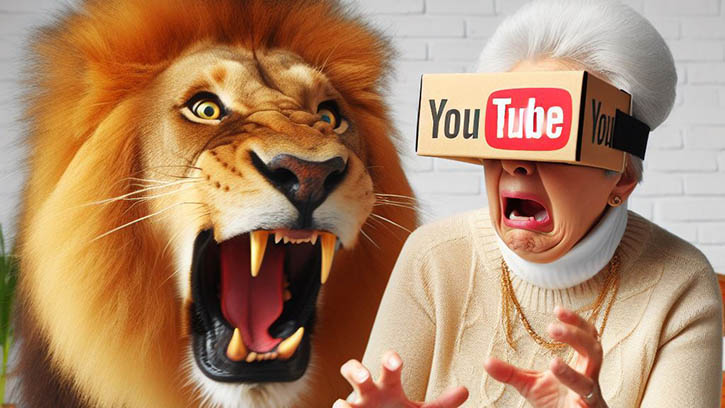
Today, your only option is to either choose 4K or 8K, and you can only watch 8K in a Chromium based browser. Very few headsets can efficiently decode AV1 video, but it can only be watched in the browser, not the YouTube VR app. Let’s be honest, very few people are going to use the browser instead of the app.
Step 2: Get YouTube VR on all Devices
YouTube is one of the most popular apps in the Meta Quest Store, and could just as easily be the most popular app in any VR headset. While Daydream didn’t work out, YouTube has more active users watching immersive content than ever before. Google doesn’t have to be the maker of the VR hardware, instead they should leverage the best thing they have, YouTube.
It’s extremely frustrating to hear stories about Google working on yet another AR/VR headset that nobody asked for, and meanwhile we have this perfectly capable immersive media platform that is being completely ignored.
Step 3: Better Spatial Audio
YouTube has only ever supported 1st order ambisonic spatial audio, which is pretty limited in range and definition compared to 3rd order ambisonic supported by Facebook and Meta Quest TV. While they also offer an option to use 1st order ambisonic with a head-locked stereo track, often used for music or VO, the audio quality takes a pretty significant compression hit when you opt for spatial. It would be nice if YouTube were to adopt a similar standard as Facebook did, which would make it easier for everyone in the industry.

Step 4: Support Google Cardboard or Migrate Users
Getting people into VR is a challenge. The idea behind Google Cardboard was to remove those hurdles and make it accessible to everyone. It may not have been the most user friendly and high quality viewing experience, but many businesses and institutions invested in custom Google Cardboards and relied on the YouTube app to support the content. A few years ago, the Google Cardboard option was completely removed for all iOS devices, leaving no way to watch immersive videos on an iPhone with a Google Cardboard or compatible phone holder.
What’s frustrating about this is that YouTube and Google made no attempt to try and capture this user base with the YouTube VR app. The option was simply gone. They could have had the cardboard icon open a UI modal to explain that you can enjoy it in the YouTube VR app on your favorite compatible VR headset. Even if Google Cardboard needed to be abandoned, don’t burn the bridges, build them. Get those users into YouTube VR in their premium HMD.
Let's Make it Happen!
YouTube was always the first and the best platform for immersive videos. Today, that no longer seems to be the case. It’s difficult to say if they are even working on the problem under wraps, or perhaps immersive video is just no longer a priority. It should be. There’s so much potential in immersive video’s future, it can’t be ignored. What YouTube has already built has so much value, but it’s frustrating to see it rotting on the vine.
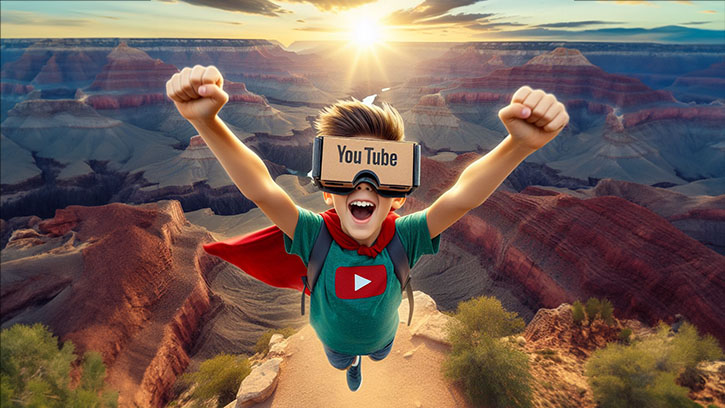
Today we have a huge audience to market to, we have the bandwidth, and we have powerful hardware behind each headset. Imagine what it would be like if the same efforts YouTube spent between 2015 and 2018 were applied today?
If you are an immersive content creator wishing your videos looked better in YouTube VR, please nag YouTube relentlessly. Start by sharing my comparison video everywhere you can. Use the "send feedback" option in YouTube to request that they add resolutions beyond 4K to the VR app for immersive 360 and 180 videos.
